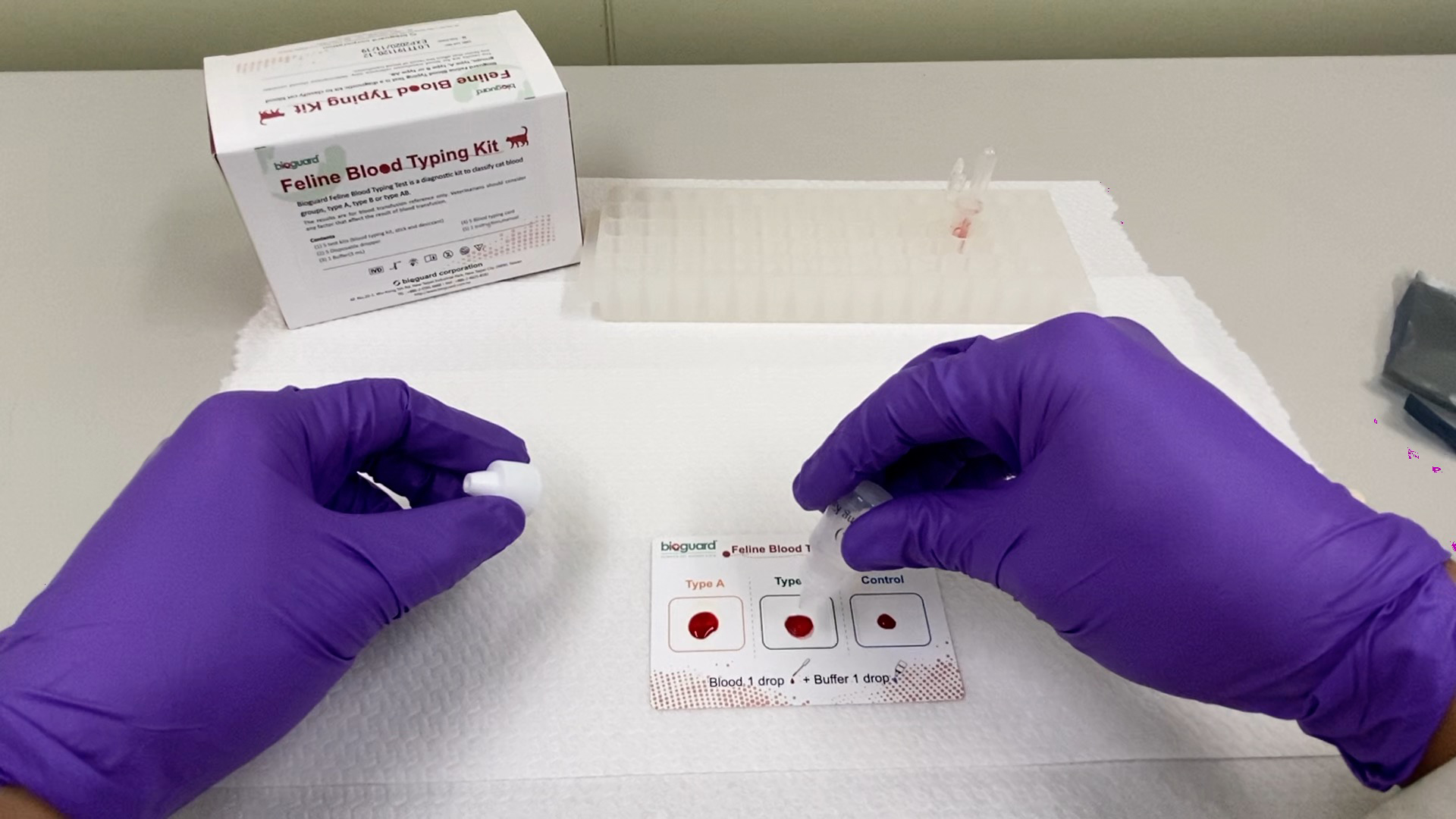Feline corona virus (FCoV) and Feline infectious peritonitis (FIP)

Feline corona virus (FCoV) and Feline infectious peritonitis (FIP) Andy Pachikerl, Ph.D Introduction: Feline coronavirus (FCoV) is a widely known positive-stranded RNA virus is infecting many cats worldwide (Satoshi, Takehisa and Motonobu 2012). This virus belongs to the species Alphacoronavirus 1 of the genus Alphacoronavirus from within the virus family Coronaviridae (Antoniw and Adams […]
Giardia lamblia

Giardia lamblia LIN, WEN-YANG (WESLEY), Ph.D Giardia lamblia (=G. intestinalis, =G. duodenalis) also called Giardia duodenalis, Giardia intestinalis and pear-shaped flagellate is a common and well-known anaerobic flagellated protozoan parasites colonize in human (or in canine) small intestines and cause diarrhea, stomach pain etc. Its character of parasitic zoonoses make them also infecting other […]
Feline Leukemia Virus (FeLV): A Constant Threat to Our Cat Companion

[vc_row][vc_column][vc_column_text] Feline Leukemia Virus (FeLV): A Constant Threat to Our Cat Companion Maigan Espinili Maruquin It was believed that the Feline Leukemia Virus (FeLV) is the one responsible in most disease- related deaths in cats. It was Jarrett, et al., 1964 who first identified FeLV as a causative agent of the viral infection […]
Antimicrobial Susceptibility Testing

[vc_row][vc_column][vc_column_text] Antimicrobial Susceptibility Testing Robert Lo, Ph.D, D.V.M Antimicrobial compounds, including both naturally and chemically synthesized compounds, have been one of the most important inventions to combat infections. The first commercial antibiotic, penicillin, was accidentally identified of by Alexander Fleming in 1928. Lots of antibiotics with different mechanisms of antimicrobial activity have been […]
Canine Parvovirus

[vc_row][vc_column][vc_column_text] Canine Parvovirus CHINESE EDITION IS WRITTEN BY DR. WANG, SHIH-HAO / ENGLISH EDITION IS TRANSLATED AND EDITED BY DR. LIN, WEN-YANG (WESLEY) Abstract The canine parvovirus (CPV) is a common, acute, high morbidity and high morality virus that mainly infect canine population. This virus possess highly survival rate for 5 weeks in […]
Peritonitis in Canine

[vc_row][vc_column][vc_column_text] Peritonitis in Canine Andy Pachikerl, Ph.D Introduction: Peritonitis is the inflammation of the peritoneum, which is a silk-like membrane that lines the inner abdominal wall of mammalian bodies and covers the organs within the abdomen, and it is usually due to a bacterial or fungal infection. Peritonitis typically results in rupture (perforation) […]
Feline Blood-Types

[vc_row][vc_column][vc_column_text] Feline Blood-Types Andy Pachikerl, Ph.D Introduction Like humans, cats have blood grouping. However, cats do not have the blood-type O positive. The blood type classification of cats, however, is currently based on the AB system, but like dogs, there are other antigens besides the AB system , such as the Mik blood […]
Antibiotic Resistance: Horizontal Gene Transfer

[vc_row][vc_column][vc_column_text] Antibiotic Resistance: Horizontal Gene Transfer Robert Lo, Ph. D, D.V.M. Antimicrobial compounds, including both naturally and chemically synthesized compounds, have been one of the most important inventions to combat infections. Penicillin was the first natural antibiotic to be discovered from Penicillium fungus by Alexander Fleming in 1928. Following the discovery of penicillin, […]

